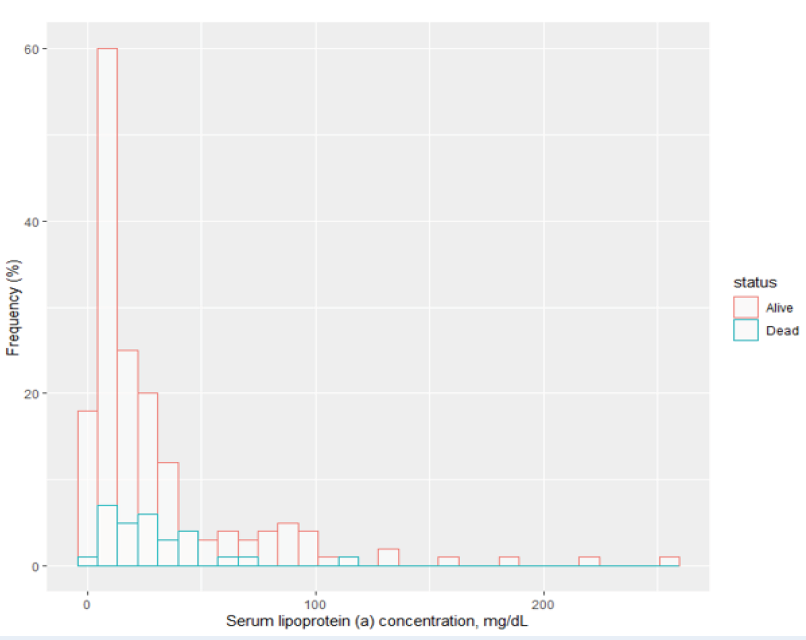Association between Lipoprotein(a) Concentration and Adverse Cardiovascular Events in Vietnamese Patients with Acute Myocardial Infarction: An observational cohort study
DOI:
https://doi.org/10.15419/bmrat.v9i1.724Keywords:
acute myocardial infarction, cohort study, LDL-C, lipoprotein(a), MACEAbstract
Background: This study aimed to evaluate serum lipoprotein(a) concentrations in Vietnamese patients with acute myocardial infarction and to investigate the relationship between high serum concentrations of lipoprotein(a) and major adverse cardiovascular events after acute myocardial infarction.
Methods: We conducted a prospective cohort study that included data from 199 patients with acute myocardial infarction admitted to the Cardiology Department, Cho Ray Hospital, Viet Nam. Data on demographics, and hematologic, and biochemical blood test results, including serum lipoprotein(a) concentrations and coronary angiography results, were collected. All major cardiovascular adverse events (MACE) were defined as cardiovascular mortality, non-fatal myocardial infarction, and non-fatal ischemic stroke in hospital 30 days after discharge.
Results: In patients with acute myocardial infarction, serum concentrations of lipoprotein(a) were not normally distributed, and skewed to the right, with a median of 17.8 mg/dL, interquartile range (IQR) 7.6-34.5 mg/dL. Overall, 29.1%, 17.1%, 12.6%, and 6.5% of patients had a serum lipoprotein(a) concentration of ≥ 30, ≥ 50, ≥ 70, and ≥ 90 mg/dL, respectively. Patients with a serum lipoprotein(a) concentration of ≥ 50 mg/dL had a higher BMI (p = 0.04), a higher rate of non-ST-elevation myocardial infarction (NSTEMI) (p = 0.035), a lower GRACE score (p = 0.038), higher levels of total cholesterol, high-density lipoprotein cholesterol (HDL-C) and unadjusted low-density lipoprotein cholesterol (LDL-C) concentrations (p = 0.002, 0.015, < 0.001, respectively), and a higher rate of three-vessel disease (p = 0.023) compared to patients with a serum lipoprotein(a) concentration < 50 mg/dL. The relative risk between lipoprotein(a) ≥ 50 mg/dL and MACE was 2.37.
Conclusions: Patients with acute myocardial infarction and serum lipoprotein(a) ≥ 50 mg/dL were more likely to have NSTEMI and a lower GRACE score. Lipoprotein(a) ≥ 50 mg/dL at the time of acute myocardial infarction was not associated with in-hospital MACE, 30-days-after-discharge MACE, nor with all-cause mortality within 6 months of study follow-up.

Published
Issue
Section
License
Copyright The Author(s) 2017. This article is published with open access by BioMedPress. This article is distributed under the terms of the Creative Commons Attribution License (CC-BY 4.0) which permits any use, distribution, and reproduction in any medium, provided the original author(s) and the source are credited.
